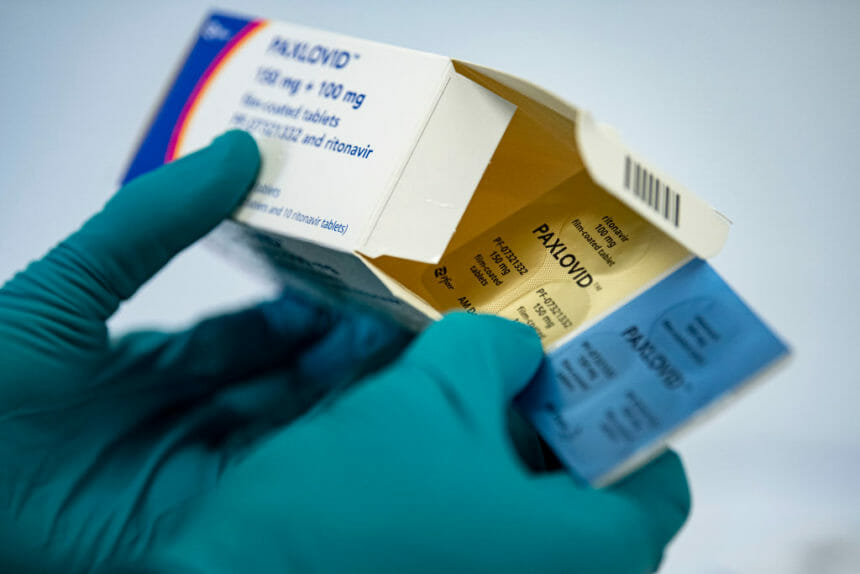Trial data contradict the advice Pfizer CEO Albert Bourla gave for treating patients whose COVID-19 symptoms return after treatment with the Paxlovid antiviral pill, the Food and Drug Administration said.
After initially suffering from low uptake and awareness, the brand’s rollout has started to take off. Prescriptions for Paxlovid have grown tenfold in the U.S. since late February – to nearly 80,000 patients for the week ending April 22, according to CNBC.
The U.S. government bought 20 million doses and, as a centerpiece of the Biden administration’s test-to-treat program, the government kicked off a program designed to expand access. Pfizer forecasts $22 billion in global sales from the pill this year alone.
But an emerging phenomenon threatens to derail those efforts: Some patients are suffering a relapse in symptoms after taking a full course of the treatment.
Bourla, asked about the reports in an interview with Bloomberg, said doctors can “give a second course, like you do with antibiotics, and that’s it.”
“Paxlovid does what it has to do: It reduces the viral load. Then your body is supposed to do the job,” Bourla added.
However, in light of the rebound cases, additional analyses of the Paxlovid clinical trial data were performed. As the FDA subsequently pointed out, administering a 10-day regimen rather than a five-day one is not supported by the data.
“There is no evidence of benefit at this time for a longer course of treatment, or repeating a treatment course of Paxlovid in patients with recurrent COVID-19 symptoms following completion of a treatment course,” blogged Dr. John Farley, director of the agency’s Office of Infectious Diseases.
Pfizer acknowledged that Paxlovid’s label only recommends five days of treatment. Bourla’s comments, a spokeperson for the drugmaker wrote, “Simply clarified there are no limitations within the authorized label around use for subsequent COVID-19 infections if the patient is at high risk of progression to severe illness.”
Just how extensive are the rebound cases? About 1% to 2% of patients who received Paxlovid experienced an increase in viral load, or the amount of SARS-CoV-2 detected by PCR. Because this finding was seen in patients treated with the drug as well as those who received a placebo, it’s unclear whether the drug is responsible for the resurgence, Farley noted.
FDA authorized Paxlovid in December for treating patients with mild-to-moderate COVID who are also at high risk for getting a severe case. Among vulnerable adults, the drug has been shown to reduce the chances of being hospitalized.







